Japanese swords of different centuries and periods.
The Japanese - sword is made according to traditional Japanese technology from multilayer steel with a controlled carbon content. The sword is made of steel tamahagane or diamond steel.
In history, about 2 million Japanese swords were made, about 100,000 copies are kept in Japan, a large collection is in the US - 300,000 swords (they left Japan after World War II).
Technology of iron developed since the VIII century, and reached its highest perfection in the 13th century. For thousands of years the shape of the sword has not changed, slightly changed in length and degree of bending, in connection with the development of close combat. The sword, one of the three ancient regalia of the Japanese emperor, had a ritual and magical meaning in Japanese society.
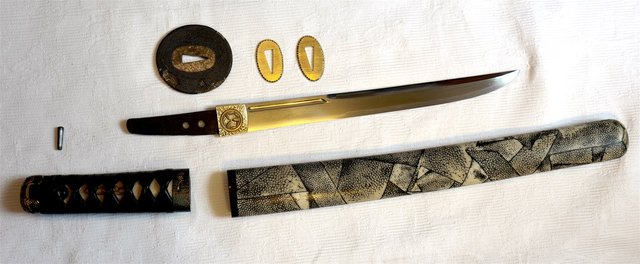

Japanese names to denote varieties of the Japanese sword and its details.
- Tati-long sword (length of the blade - 61 cm), large bend, was intended for equestrian combat. Tati - "big" Tati, the length of the blade from 1 m (from 75 cm from the XVI century).
- Katana - long sword, about 73 cm, wide and thick wedge, small bend. In appearance of the blade, it is difficult to distinguish katana from Tati, they differ in the manner of wearing. Since the XV century, Tati gave up the katana, katana k-weapons for foot fighting.
- Wakizashi - short sword - 30.3-60.6 cm. Since the end of the XVI century, a pair of weapons of the samurai, daisy - "long and short" appeared in pair with a katana. Convenient for a fight in a small room. Was allowed to wear non-samurai, katana only samurai.

- Tanto is a dagger, the knife is 30.3 cm. The tattoo sword was accompanied by a short tanto.
- Tsurugi is a sharp sharp sword. Samples do not refer to real Japanese swords, they are made according to Chinese, Korean technology. The term was used to denote all swords. Over time, replaced by the term ken to designate a direct sword.
- Naginata - has a curved blade - 60 cm, on the handle its size - from the ground to the waist.
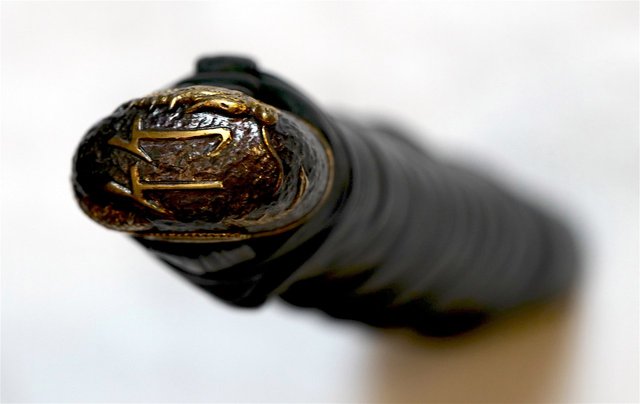
- Koto is an old sword. These are swords produced before 1596. Many techniques of traditional technology are lost.
- Shinto is a new sword. These are swords produced from 1596 to 1868, before the Meiji period revolution began. Shinto swords are not highly artistic creations of blacksmiths, but can be distinguished by a luxurious finish.
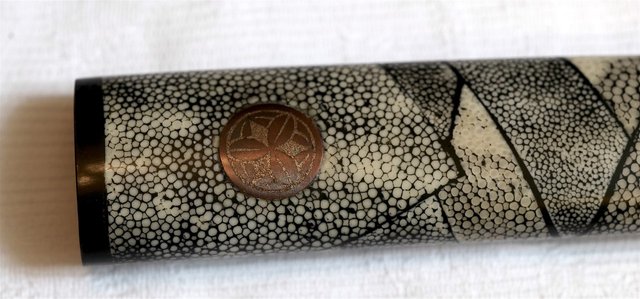
- Gandaito is a modern sword, these swords were made after 1868 and up to our time. Massively produced for the army in a simplified factory technology is a shovato - "sword of the Seva period", also syn-gunto - "a new army sword". Swords forged after the resumption in 1954, the production of modern blacksmiths, made by traditional technologies, they were offered a name - syn-sakuto, - "recently made sword" or syn-gendayto - "a new modern sword".
- Tsuba-garda rounded, created to protect the brush, still served as a decoration for the sword.
- Jamon is a pattern line made on a blade, it appears after it is quenched between the blade and the butt - the result of the formation of fine-grained crystalline structures in the metal.
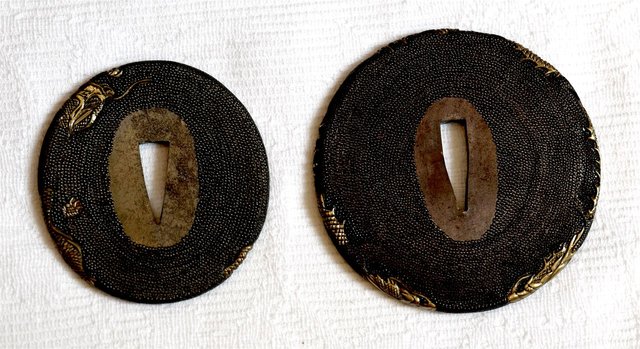
Swords direct iron Japanese of the VI century.
The first swords of iron were brought to the Japanese islands in the III century by Chinese traders from the mainland. - this is the period of Japanese history - Kofun. Grave burial mounds still store them, but damaged by rust, swords of that time, archeologists divide into - Japanese, Korean and Chinese samples. Chinese sword has a straight narrow one-blade blade with a pommel on the shank. Japanese - in short, with a wide straight sharp blade and massive pommel. With the help of Korean and Chinese blacksmiths in Japan, they began to produce iron, and later mastered the technology of forging multilayer steel. Swords began to be made by forging from iron and steel plates.
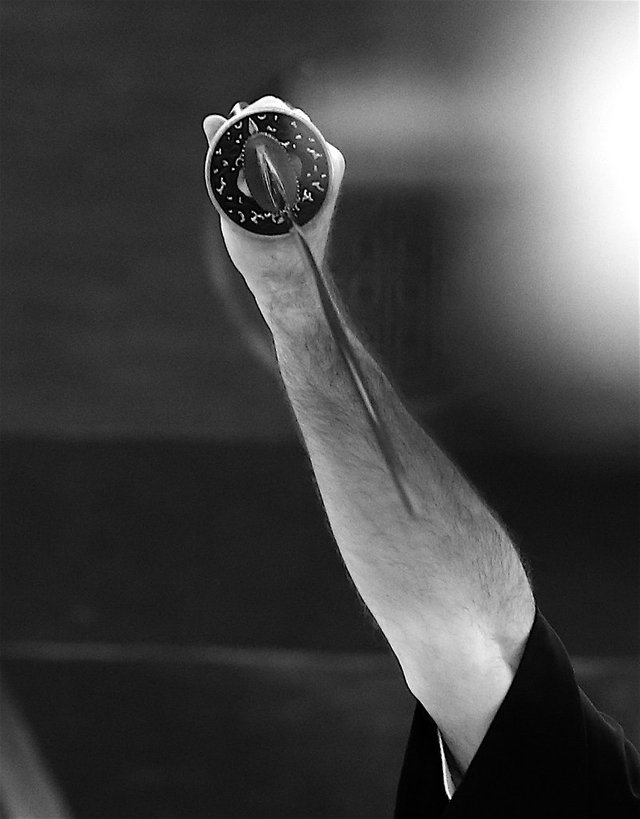
At the turn of the Japanese swords appeared bend.
The beginning of the VIII century. Strengthening the power of the emperor in Japan - the period of Nara. The production of weapons was placed under the control of a centralized state, blacksmiths were instructed to put signatures on their manufactures. Purchased swords were in imperial warehouses, issued to soldiers for the duration of the war or for their services. Korea made 44 Daito swords - "great swords", for centuries the emperor handed them over to the military commander as a symbol of the powers granted for the campaign.
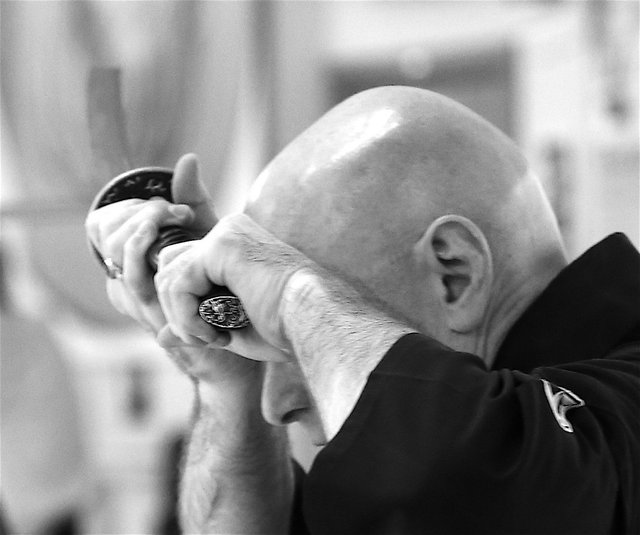
Over the course of centuries, in different periods, new types of swords appeared:
- Ancient swords: until the 9th century
- Old Koto swords: IX-XVI centuries
- Heian Period: IX-XII century
- The Kamakura period: the 12th-14th centuries
- Period Muromachi: XIV-XVI century
- Momoyama period: XVI century
- New swords "shinto": XVII-XIX century
- Modern swords of "gandayto": XIX-XXI century
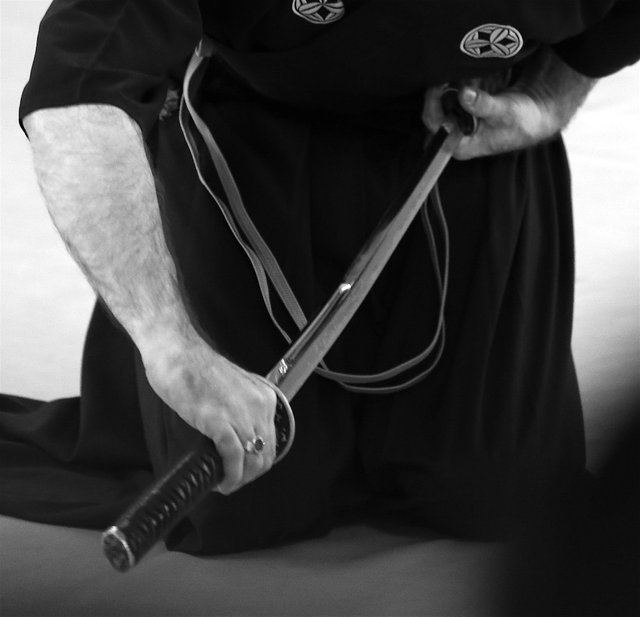
The combat qualities of the best Japanese swords can not be assessed. Their uniqueness and high price does not allow the testers to be able to compare them with the work of gunsmiths from other regions of the world. It is necessary to disentangle the possibilities of the sword for different cases. Sharpening the sword for the greatest sharpness is suitable for tricks with cutting kerchiefs in the air, it is unsuitable for hacking armor.

- The swords of Master Mondju were sharp. The sword of Higagiri, when cutting off the head, cut off the beard to the victim. Another sword of Hizamaru, when executed in a sitting position on his knees, cut off his head and knees in one fell swoop.
- The sword of Nagamitsu was called Adzuki, the bean fell on the blade of this sword and was cut into two parts.
- Outstanding smith of the beginning of the Edo period - Ono Hankey cut the barrel of the gun with his sword. Japanese soldiers during World War II demonstrated a propaganda film in which a blacksmith cuts a barrel of a machine gun. This myth was refuted.
- In 1662, Yamano sword shinto cut two corpses that lay one on top of another. This was not a unique result.
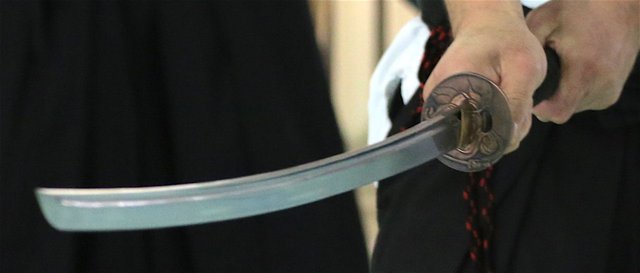
After the surrender of Japan in the Second World War, the anti-Hitler coalition was given an order that dealt with the destruction of the Japanese swords, was not without the intervention of experts, and it was thanks to them that in order to preserve historical relics of considerable artistic value, this order was changed. They created the Society for the Preservation of Artistic Japanese Swords. In Japan, the law "On Cultural Heritage" was adopted, he defined the procedure for preserving Japanese swords as part of the cultural heritage of the nation.
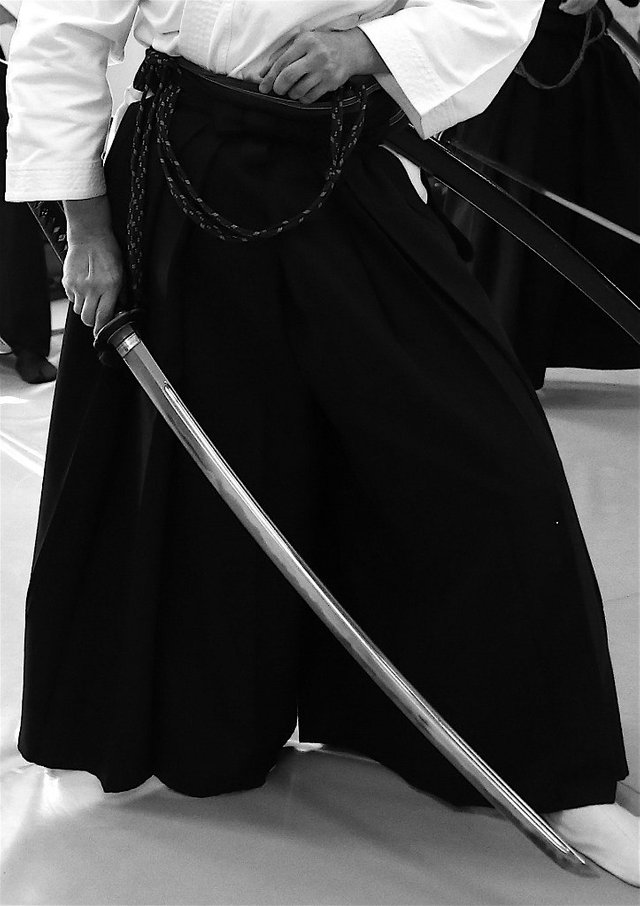
A multi-stage evaluation of the sword begins with the lowest category and ends with higher titles (the two top titles now adorn the competence of the Ministry of Culture of Japan):
- National treasure (kokuho). The title has 122 swords - taty, katan and wakizashi.
- An important cultural asset. The title has - 880 swords.
- Especially important sword.
- An important sword.
- Especially guarded sword.
- A guarded sword.
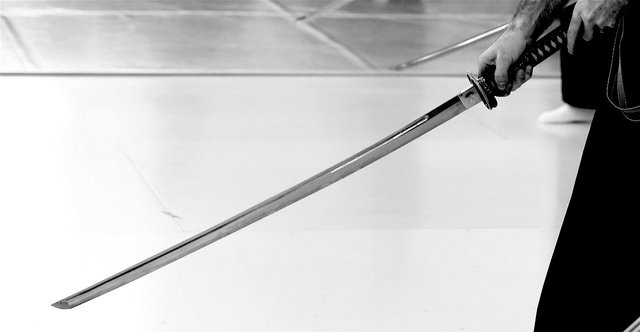
In modern times, registered swords are kept in Japan only with one of the above titles, if swords are not registered, swords are to be confiscated as a kind of weapon (the souvenir collection does not belong to the collection). The quality of the sword is certified by the Society for the preservation of artistic Japanese swords, this Society issues an expert opinion on the established pattern.

Now in Japan, the Japanese sword is judged by its combat parameters (strength, cutting ability), but the main estimate depends on the category applicable to the work of art. A qualitative sword delivers aesthetic pleasure to the observer, has perfection of form and harmony of artistic taste.
I need such sword to make panshment.
Ha ha
What kind of sword? Who will punish?
I will punish bad people )
And I also need a sword))) lol
for what?
Sword beautiful)))
Good post!
Thank you
Hello buddy! So I wanted to let you know that I didn’t have time to read through your posts yet but it caught my eye. Nice photos and complex introduction into Japanese culture. Will follow you. Keep up the good work! :)
Thank you
VERY GOOD ARTICLE I LIKE SO MUCH SUCCES@daio
Thanks
cool!!!Resteemed
Thank you!